If you are interested in doing the right thing for people and planet, you might wonder how you can grow food at home in a more sustainable and eco-conscious way. A sustainable hydroponic garden could be a good choice for conscientious indoor gardeners.
Why Gardening Indoors Sustainably Matters

Creating a sustainable food producing garden not only contributes to personal well-being but also addresses broader ecological and societal challenges. We can do a lot of good in a garden, whether that garden is outside or inside our home.
By growing food at home, individuals can decrease their carbon footprint and reliance on industrial agriculture, which often involves extensive use of fossil fuels for planting, harvesting, and distribution.
The use of hydroponics and other soil-less systems in indoor gardening in particular also conserves water, a crucial resource that is becoming increasingly scarce in many parts of the world.
Sustainable indoor gardening contributes to local food security by reducing dependence on global supply chains, which can be vulnerable to disruptions from climate change, political instability, and other factors. By growing food indoors, individuals can ensure a more stable and resilient food supply.
As the world faces increasing environmental and societal pressures, the importance of sustainable indoor gardening continues to grow, offering a practical and impactful way to contribute to a healthier planet and society.
What Makes a DIY Indoor Hydroponic Garden Sustainable?
Unfortunately, while all gardening can help us to like in a more sustainable way, cutting our reliance on damaging systems, reducing our consumption, and contributing to healthy food security, not all forms of indoor gardening are quite as sustainable as you might think.
When gardening indoors, even hydroponically, it can be easy to make mistakes that mean that you are contributing, unwittingly, to environmental harm and contributing to global warming and biodiversity losses.
Creating an indoor hydroponic garden DIY style can be a good choice because it can mean that you will be able to tailor different aspects of your garden to make it as sustainable as possible.
But in order to make sure that a DIY hydroponic garden is truly sustainable you need to know what elements a sustainable garden has to have.
For a sustainable hydroponic system key things that you need to think about are:
- Energy use.
- Water efficiency.
- The materials used for containers, piping etc..
- The growing medium.
- Nutrient management.
- How to manage pests.
- Reduction of waste and waste management.
- Environmental/ site specificity (designing specifically for a particular indoor garden).
- Costs and economic viability over time.
By thinking about the above, you can create a hydroponic system that not only thrives but also contributes positively to the environment and to society as a whole.
Tips to Increase Sustainability in Your Hydroponic Garden
These tips should help you begin to shape your own DIY hydroponic garden along more eco-friendly and sustainable lines:
Consider Energy Use

Hydroponic systems often rely on artificial lighting, pumps, and climate control. To make the system sustainable, prioritize energy efficiency and, where possible, try to make sure that you are running your system on renewable power sources.
Use LED grow lights, which consume less power and have a longer lifespan compared to traditional lighting. Energy-efficient pumps and timers can also help reduce electricity use.
Consider renewable energy sources such as solar or wind power to further reduce the carbon footprint. In a DIY hydroponic garden, the more self-sufficient you can be in terms of power, the better, so consider installing your own renewable power generation if you do not have this already.
Think About Water
Water is a critical component of hydroponics, and sustainability requires optimizing its use. Consider systems that recirculate water, such as nutrient film technique (NFT) or deep water culture (DWC), which minimize waste.
Implementing a filtration system (or creating some form of natural filtration built into the system itself) can help clean and recycle water, and this can also decrease the overall consumption.
Additionally, monitoring and controlling water quality and pH levels is essential for plant health and efficient water use. And getting things right when it comes to your water-based growing system can ensure that plants survive and there is no waste.
Choose the Right Methods and Materials

The design and materials of the hydroponic system itself can impact its sustainability. Use durable, long-lasting materials to reduce the need for frequent replacements. Design the system for easy maintenance and modularity, allowing for parts to be replaced or upgraded without discarding the entire setup. Selecting non-toxic, food-grade materials for your DIY hydroponic garden.
Choosing sustainable growing mediums is important for the overall sustainability of the hydroponic system. Avoid using non-renewable or environmentally damaging materials such as peat moss, or mined/ energy intensive materials like perlite or vermiculite.
Instead, consider natural alternatives like coconut coir, hemp, or wood fibres, for example, which have lower environmental impacts and can often be reused or recycled.
Avoid Synthetic Inputs – Garden Organically:
Sustainable indoor gardening promotes the use of organic methods, minimizing the need for harmful pesticides and synthetic fertilizers. This approach reduces pollution, fostering healthier ecosystems and keeps people, pets, livestock and wildlife safe and healthy.
Choose organic options when it comes to both pest control and in how you provide nutrients to your plants.
Organic Nutrient Provision in Hydroponic Systems

Using sustainable nutrient sources is crucial. Opt for organic or mineral-based nutrients that are environmentally friendly and reduce reliance on synthetic fertilizers.
Implementing a nutrient recycling system can also help since with this you may be able to capture and reuse nutrients, minimizing waste. Additionally, precision dosing systems can ensure plants receive the exact amount of nutrients they need, reducing excess and runoff.
Finding the right organic solutions can be challenging, but it is possible to avoid the use of damaging nutrient solutions and to take a more sustainable and eco-friendly DIY approach.
Organic Pest Control

A sustainable hydroponic system should use integrated pest management techniques to control pests and diseases. This approach eliminates the need for chemical pesticides, which can harm the environment and means that even organic pesticides need only ever be used as a last resort.
Integrated pest management strategies include biological controls (like beneficial insects), physical barriers, and cultural practices (such as crop rotation and sanitation). Regular monitoring and early intervention are key to adopting this approach successfully.
Avoid All Forms of Waste
Minimizing and managing waste is essential for sustainability. Your goal in a sustainable DIY indoor hydroponic garden should be to eliminate waste altogether. To work out how to do so, it can be helpful to consider the five 'R's of sustainable waste management:
- Refuse – don't bring things into your home that will pose a waste problem at the end of their useful lives or which have caused waste problems in their creation or manufacture. Prevention of all forms of waste in the first place is better than trying to solve waste problems once they occur.
- Reduce – when planning your DIY indoor hydroponic garden you also need to remember that less is often more. Buy less, and consider first how you might use what you already have before you even think about buying anything new. Buy less, but also, buy better.
- Reuse – before you throw anything away, think about how you might be able to reuse it in a different capacity. Implement a plan to reuse or repurpose materials such as old growing mediums, nutrient solution containers, and plant trimmings, for example.
- Repair – make do and mend. Make sure to try hard to learn basic repair skills and to fix things that get broken rather than just leaping immediately to throwing them away and buying something new.
- Recycle – What cannot be reused or repaired should, where possible, be recycled through the system itself, or sent off to be recycled through municipal recycling systems.
Kitchen scraps and organic waste can be 'recycled' at home: composted and used as fertilizer, creating a closed-loop system that minimizes waste and maximizes resource efficiency.
Design and Create for Your Specific Location
Consider the local climate and environmental conditions when designing and operating a sustainable hydroponic system – even one that is indoors. It can be important to tailor the system to leverage natural light, temperature, and humidity levels in a particular location to reduce energy use.
In cooler climates, insulated systems can retain heat, while in warmer climates, ventilation and shading can reduce cooling needs, so climate and conditions where you live can still be important, even when gardening indoors.
Consider Costs Upfront and Long-Term
Ensuring that the hydroponic system is economically sustainable is also important. Analyze the costs and benefits, including initial setup, maintenance, and operational expenses. Look for opportunities to reduce costs without compromising sustainability, such as bulk purchasing of supplies or implementing cost-saving technologies.
Aim for a Closed Loop System
A closed-loop system is one that can run without most if not all external inputs over time – one in which waste is channelled back into the system to create circularity. This type of system is much more resilient and less vulnerable to outside risks, and it is more likely to stand the test of time.
Aquaponics systems can be closed-loop systems and these can be the very best solutions – bringing together many of the sustainability tips above for DIY indoor gardeners. While other hydroponic systems can be sustainable to a degree, a fully integrated and carefully designed aquaponics system could be the most sustainable option of all.
What is Aquaponics?
Aquaponics is a type of growing system that aims to address some of the most challenging aspects of growing food hydroponically in a sustainable way – most notably the challenges involved in providing nutrients for your plants organically.
Aquaponic systems are sustainable, closed-loop systems in which both plants and fish are grown.
Why Aquaponics Can Be a More Sustainable Solution
Fish and plants help one another. The fish (along with microbes within the system that break down their waste) provide nutrients for plants, while the plants oxygenate, clean and filter the water for the fish.
By increasing the beneficial interactions and symbiosis within the growing system, DIY hydroponic systems can be made even more sustainable and eco-friendly.
Aquaponics systems can be more sustainable than other forms of hydroponics because they can offer:
- Greater energy efficiency: The integrated nature of aquaponics means that nutrients are naturally cycled through the system, reducing the need for energy-intensive production and transportation of synthetic fertilizers.
- Efficient water use: Aquaponics systems utilize water more efficiently than traditional hydroponics. The continuous recirculation of water in aquaponics reduces overall water consumption, which is especially beneficial in regions facing water scarcity.
- More sustainable and eco-friendly nutrient management: The nutrient-rich water from fish tanks eliminates the need for chemical nutrient solutions.
The use of fish waste as a natural fertilizer in aquaponics significantly reduces the risk of nutrient runoff into the environment, a common problem in hydroponics and conventional agriculture.
This reduction in nutrient pollution helps protect local waterways and ecosystems, contributing to a healthier and more sustainable environment.
Aquaponics also represents a more sustainable solution than traditional hydroponics due to its closed-loop system, efficient resource utilization, reduced environmental pollution, promotion of biodiversity, economic sustainability, educational benefits, and enhanced food security.
So if you want to implement a DIY indoor hydroponic garden that is truly sustainable in every way, aquaponics is usually the way to go.
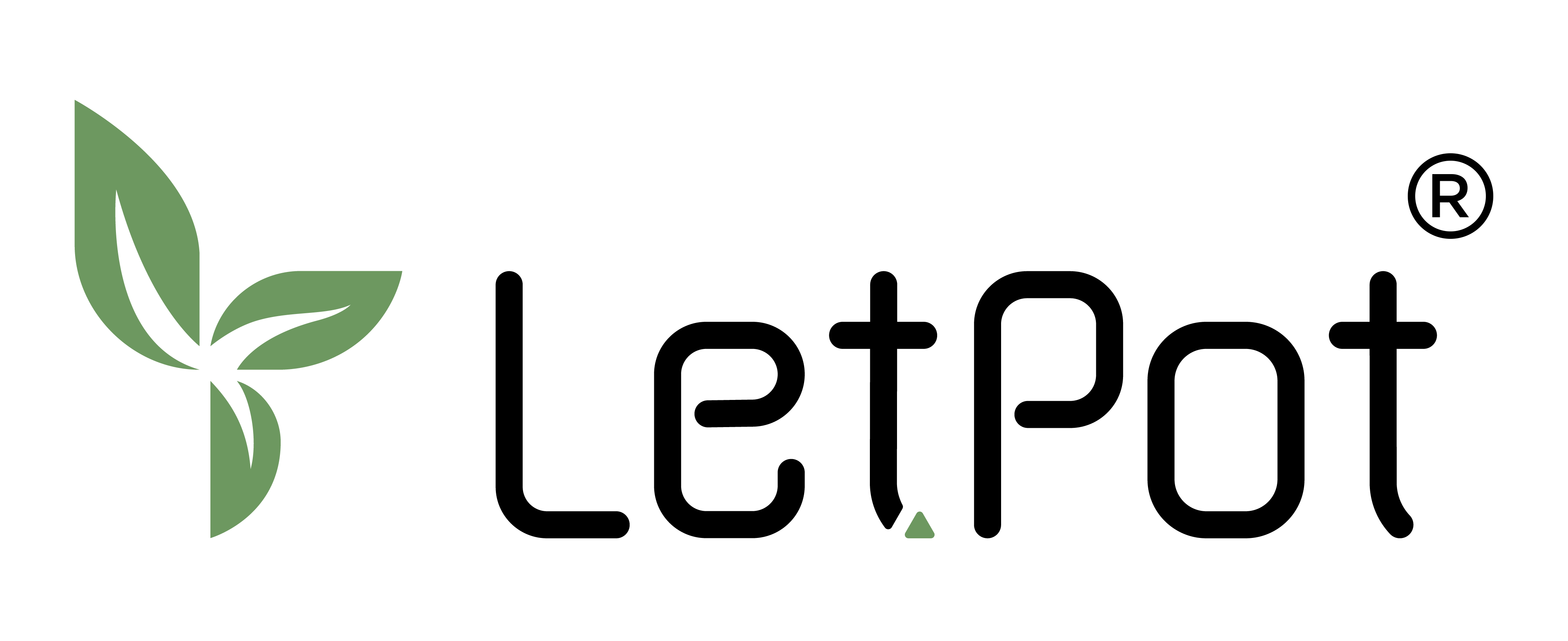
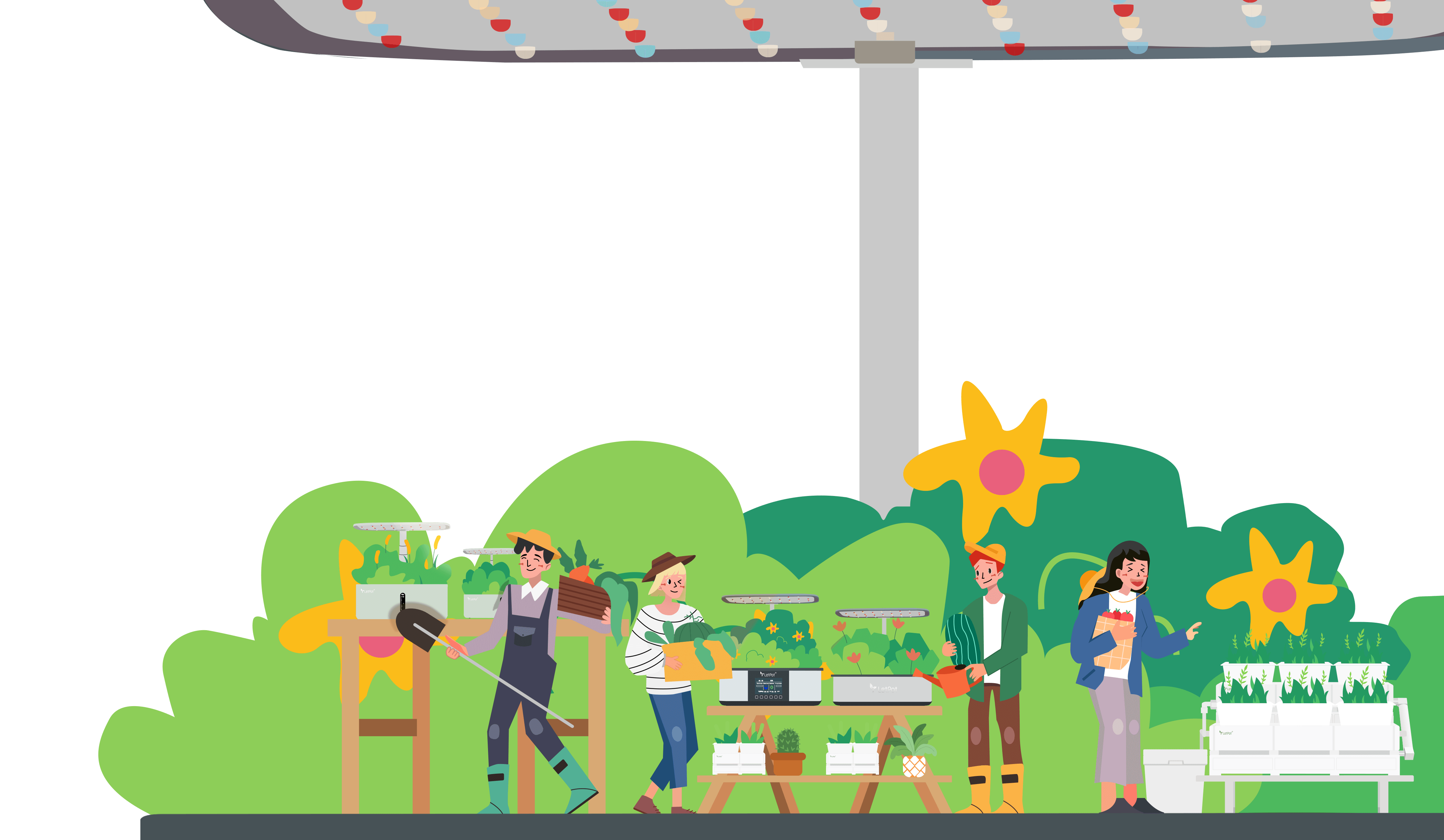
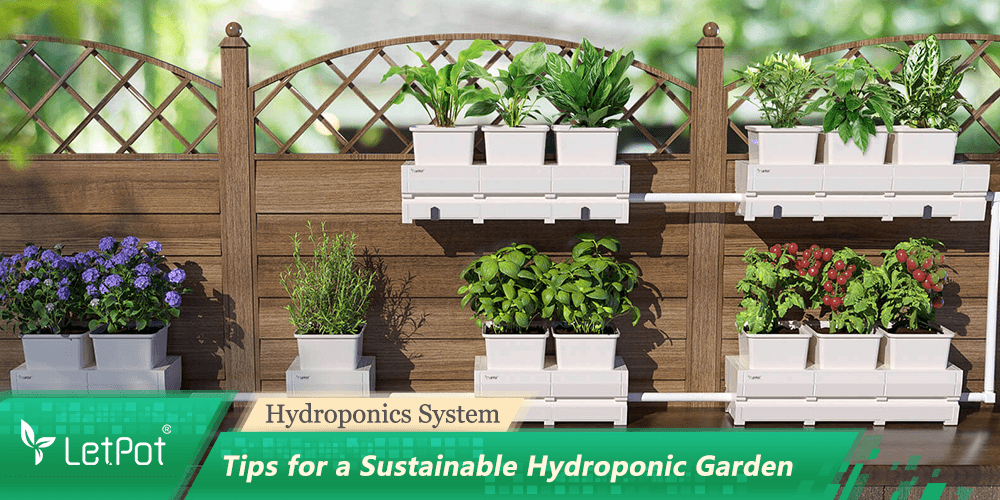

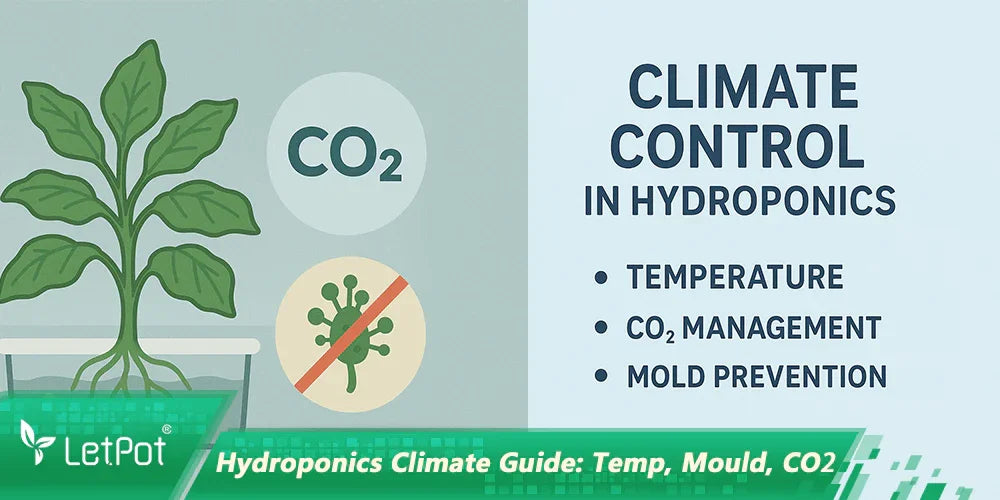

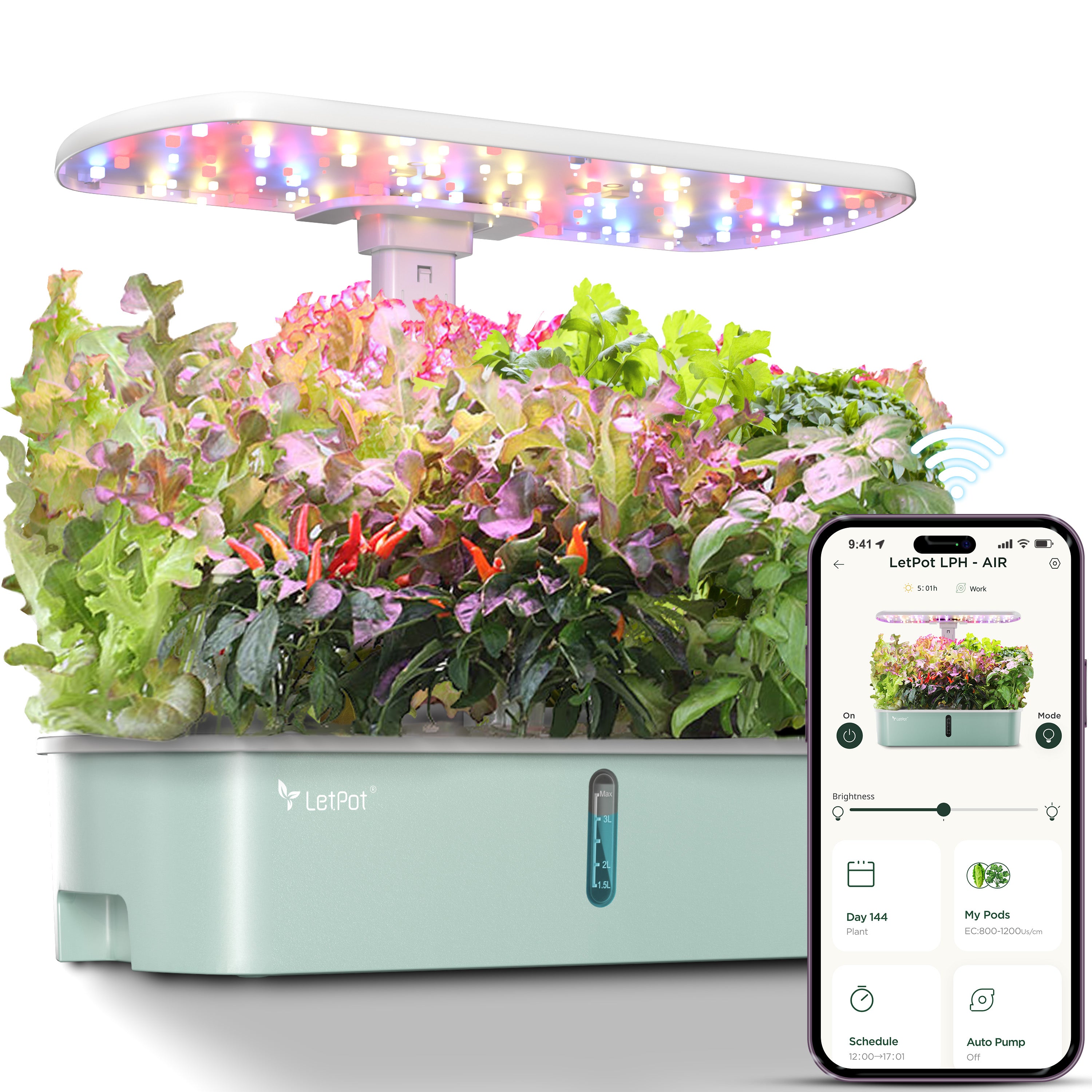
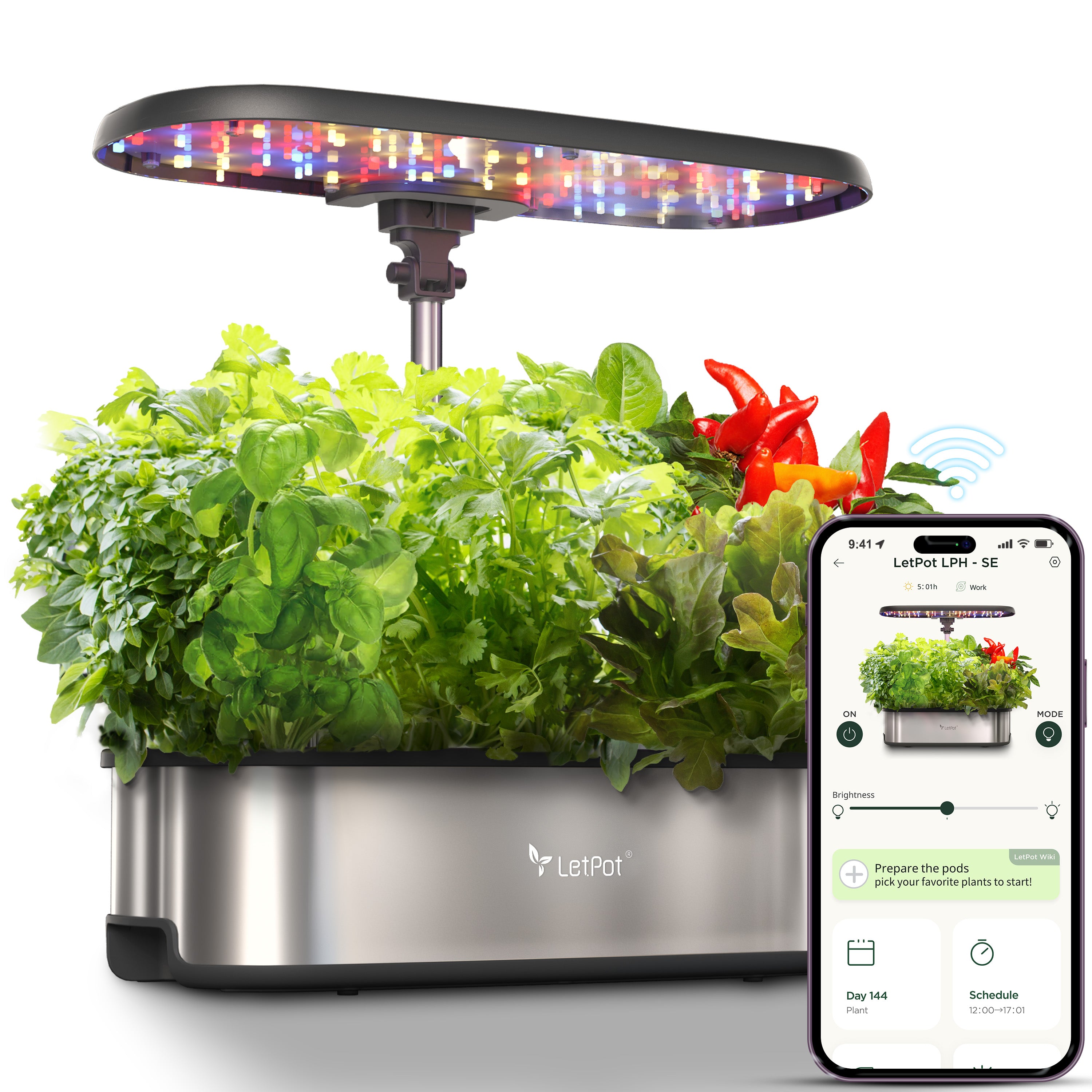
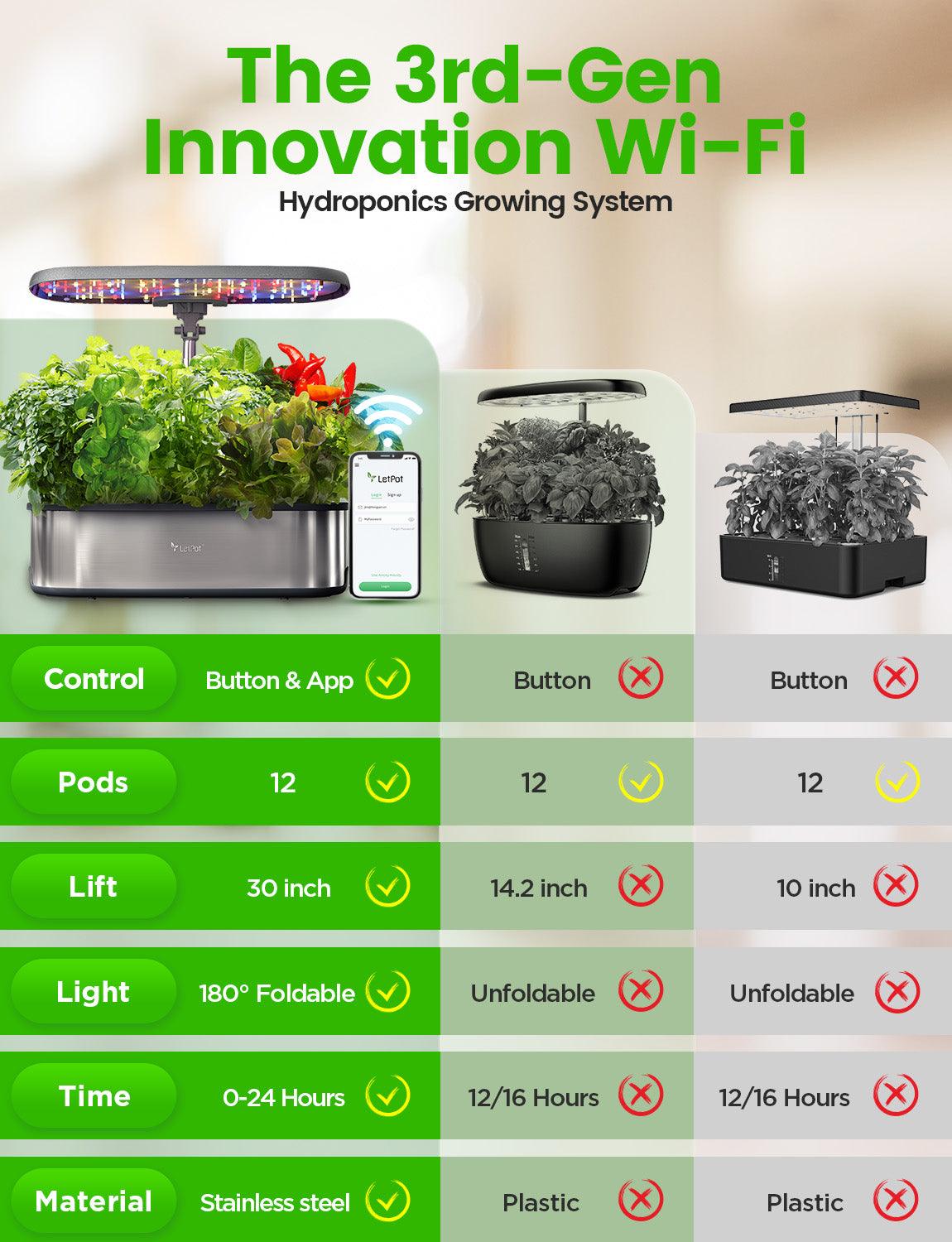
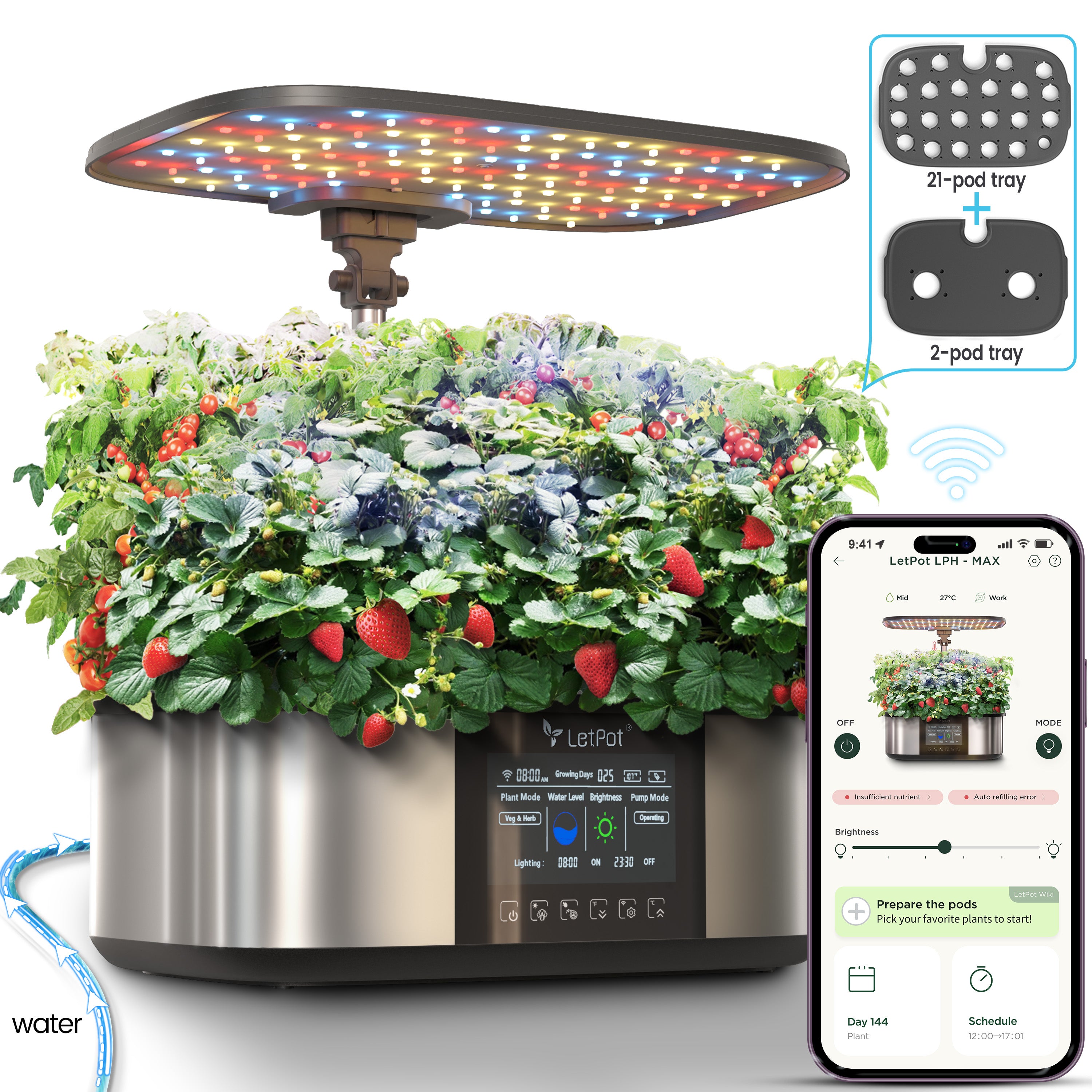
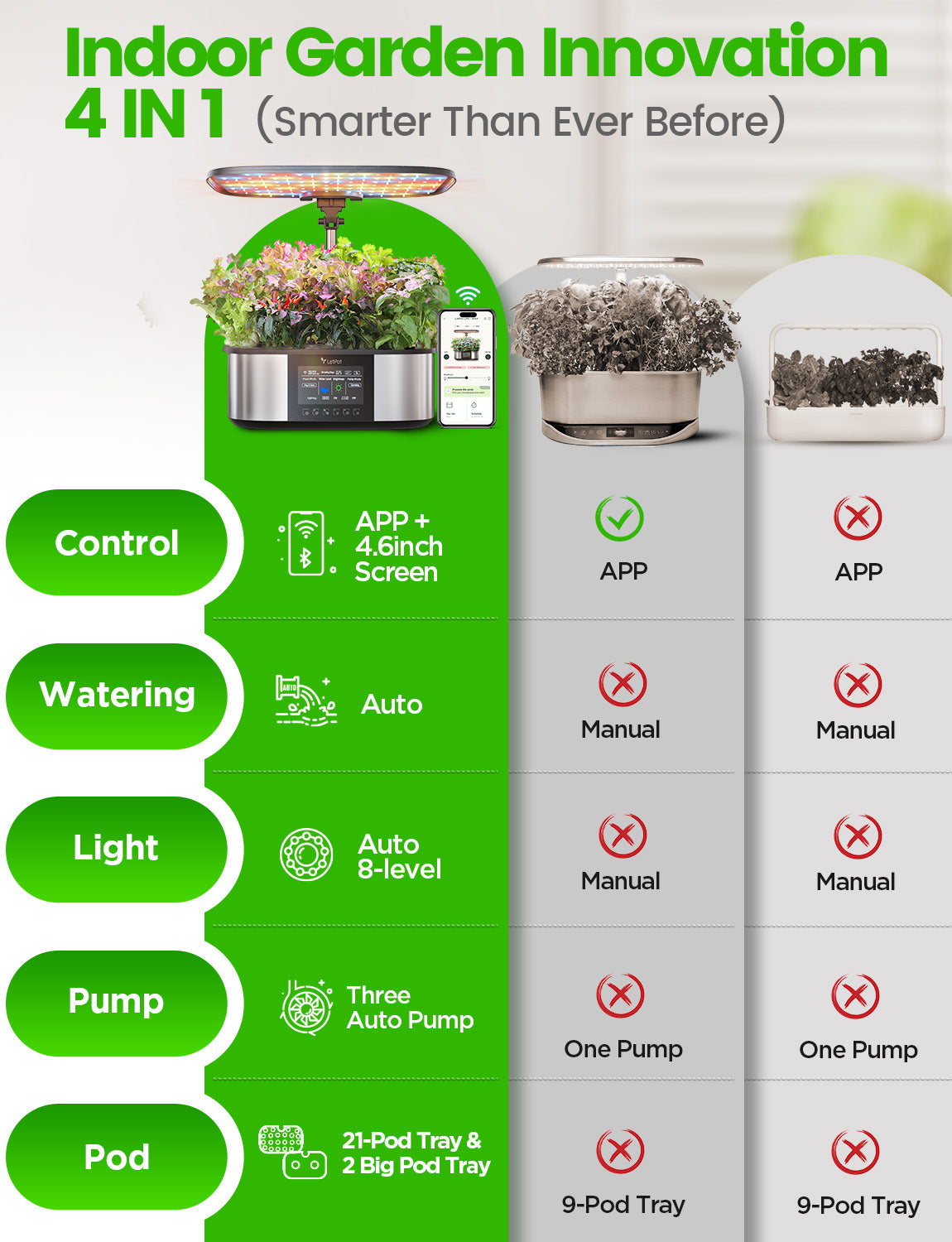
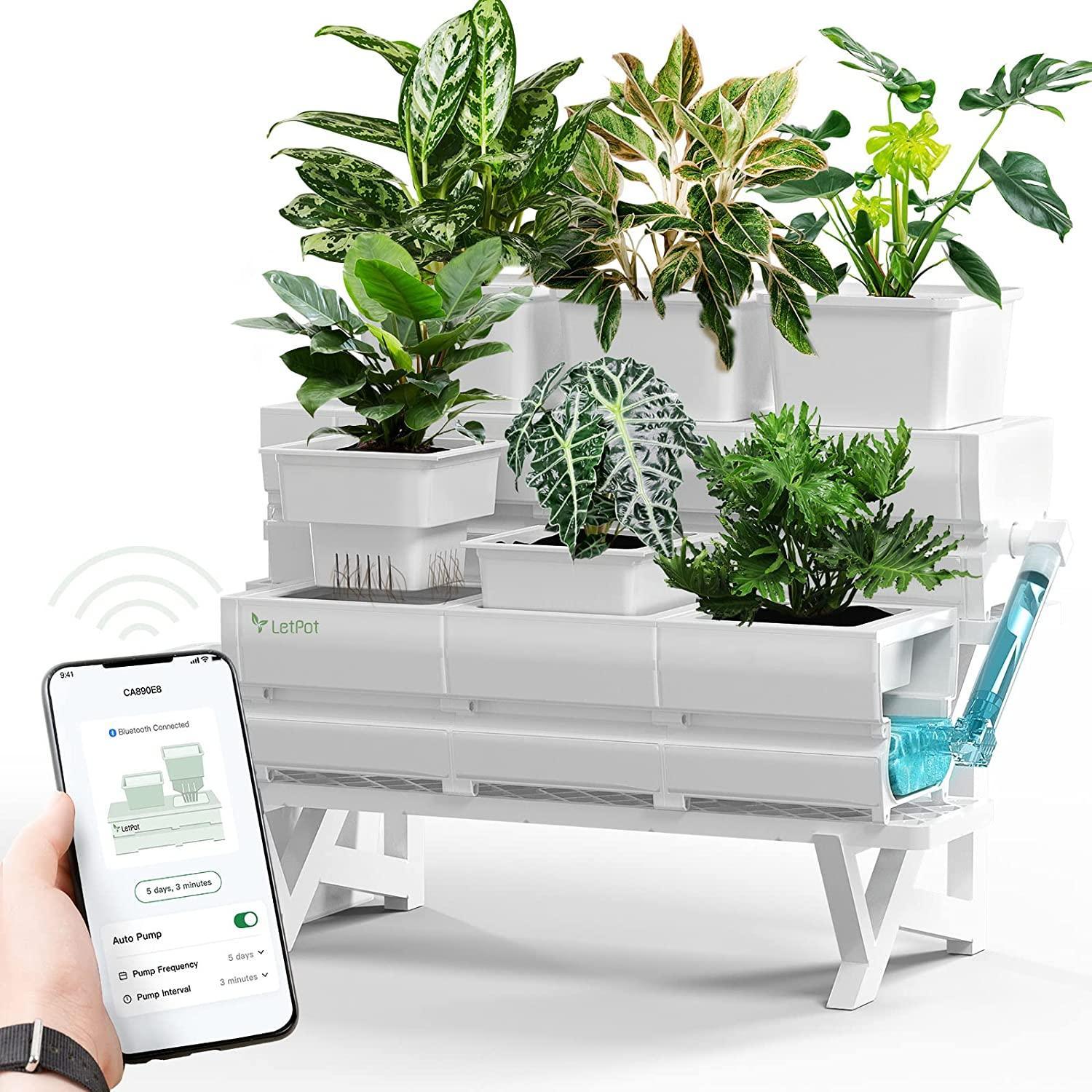
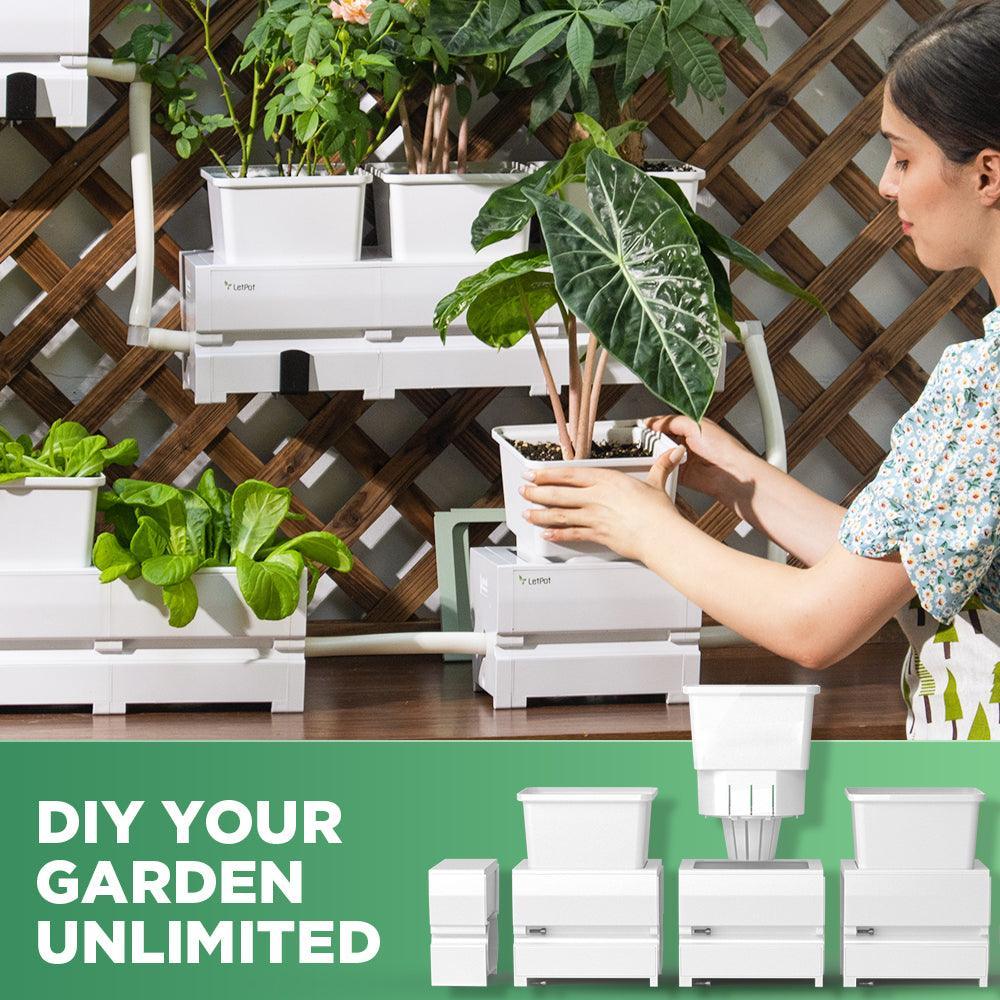
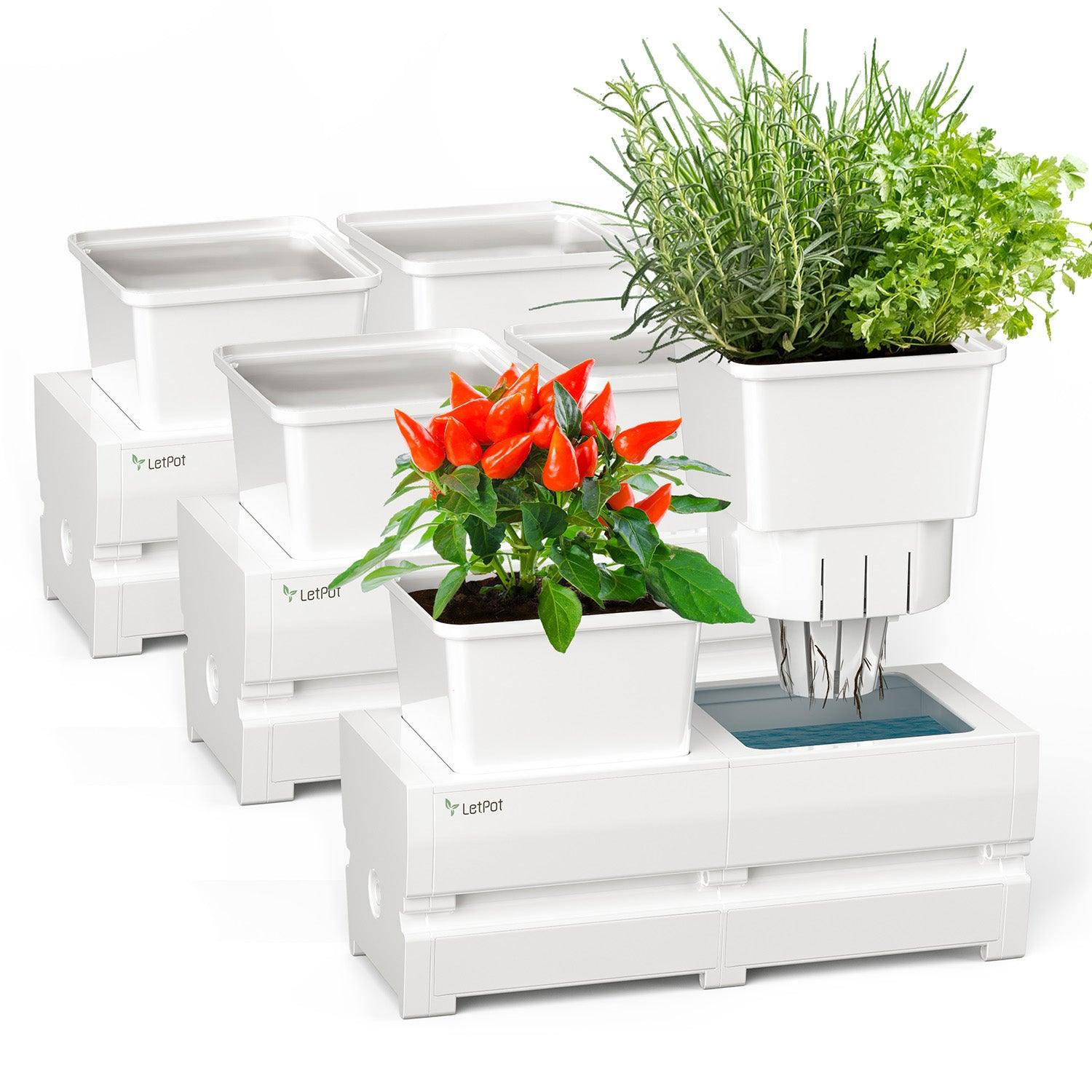
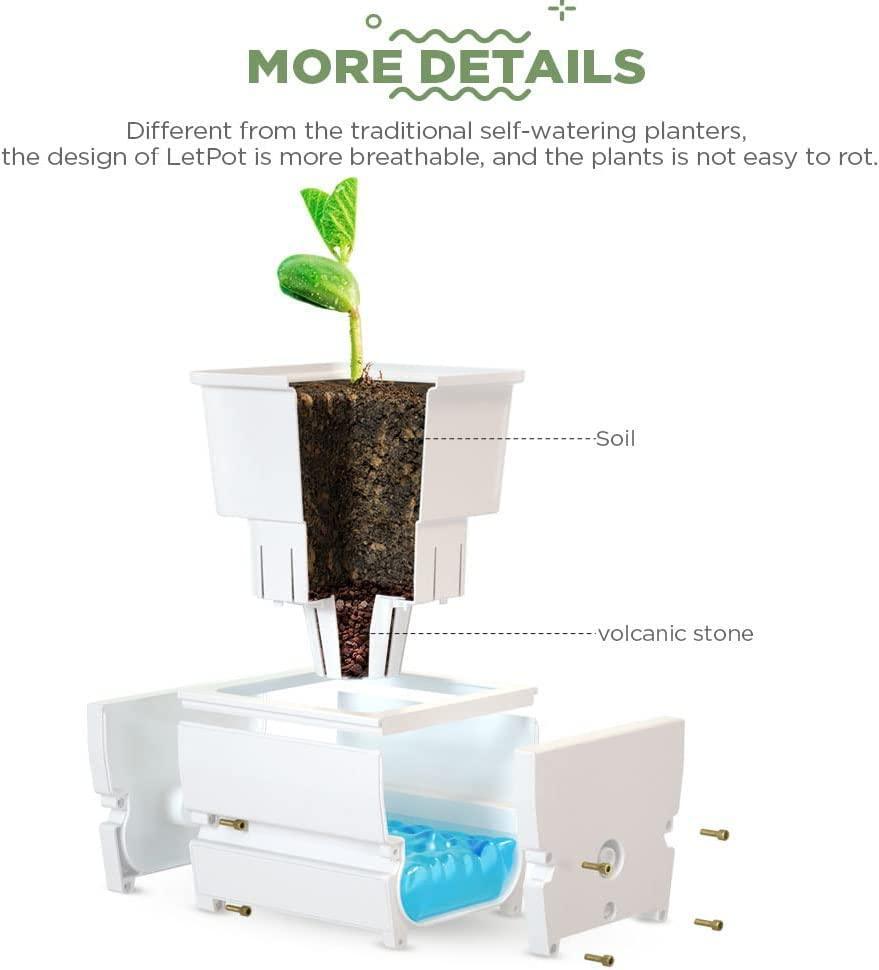
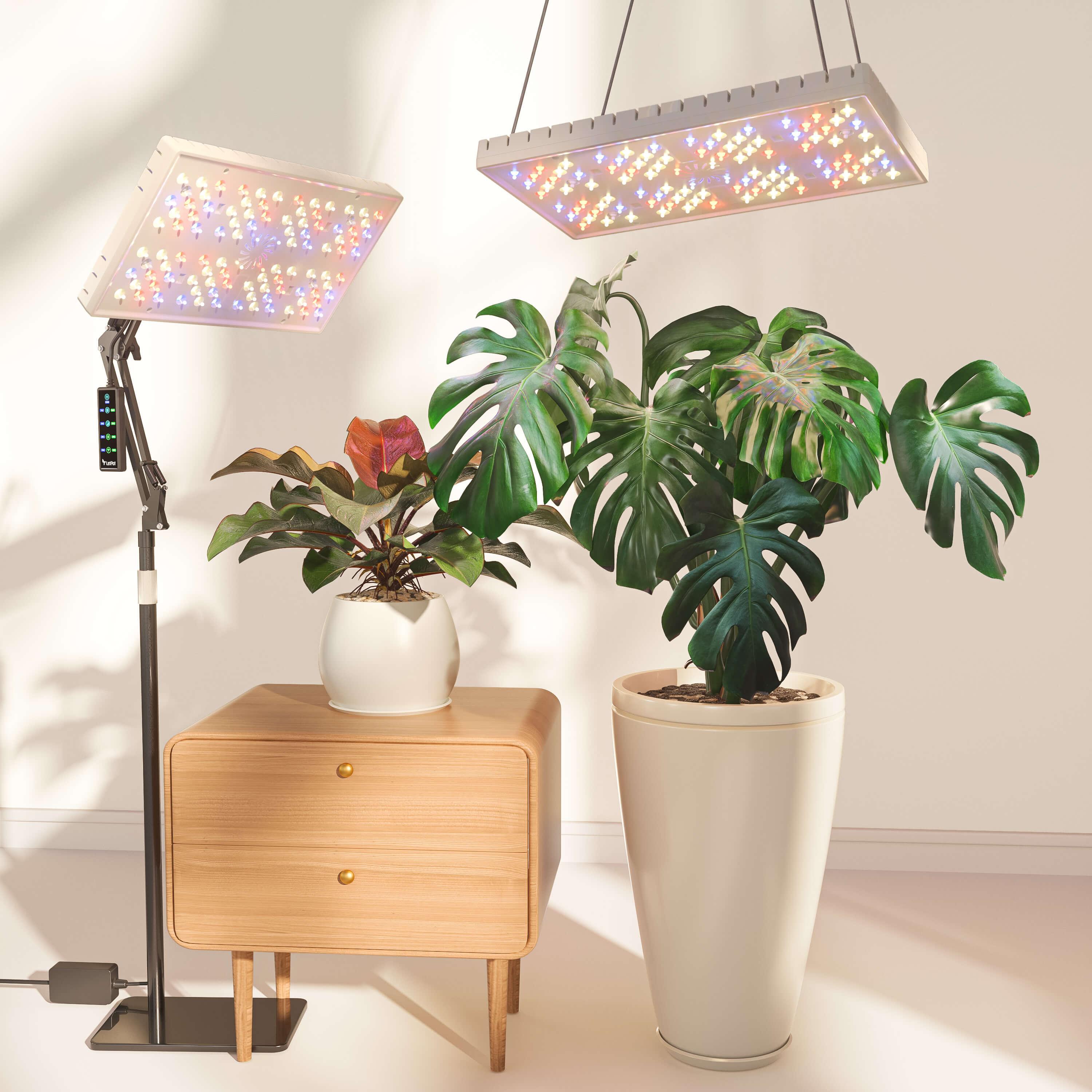


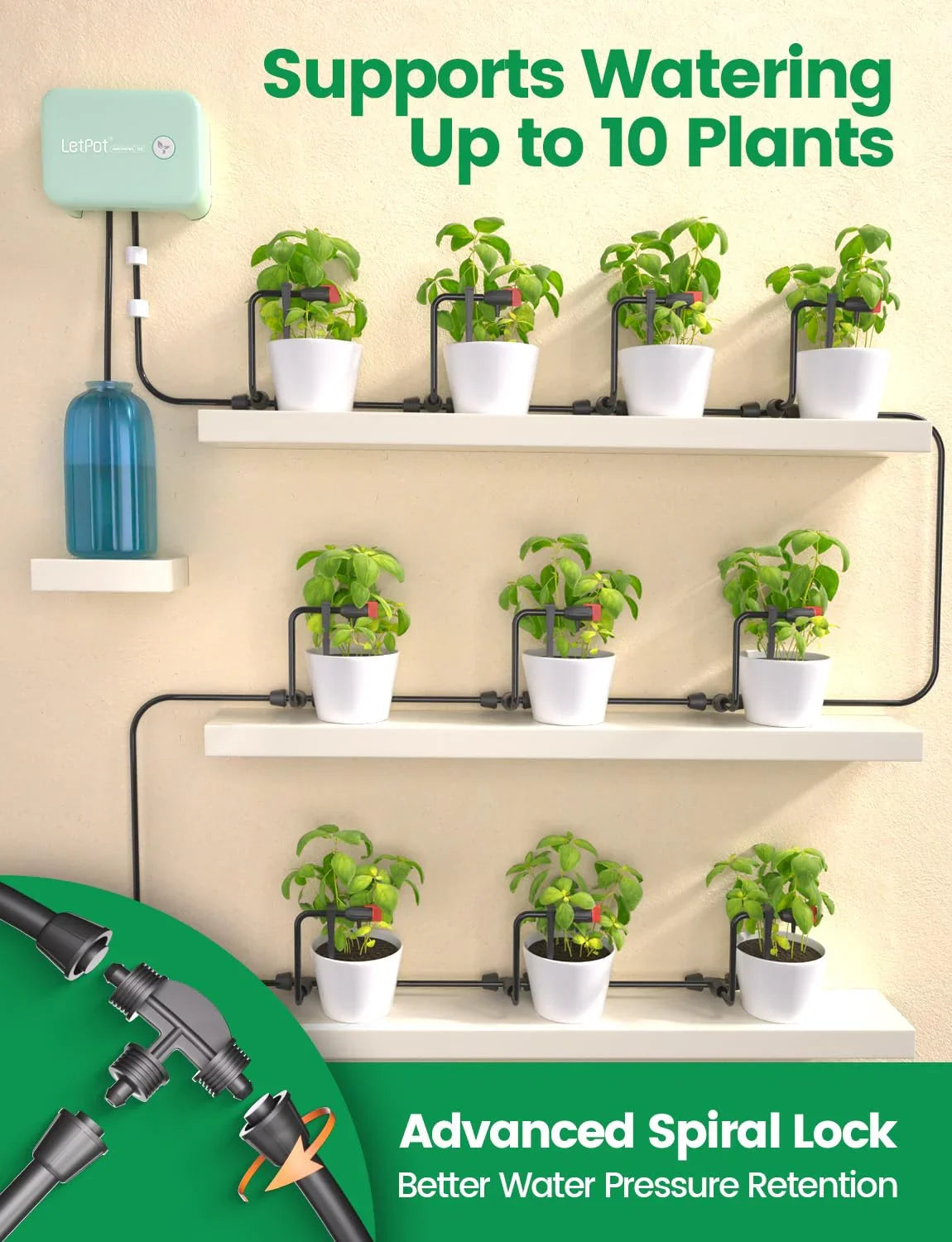
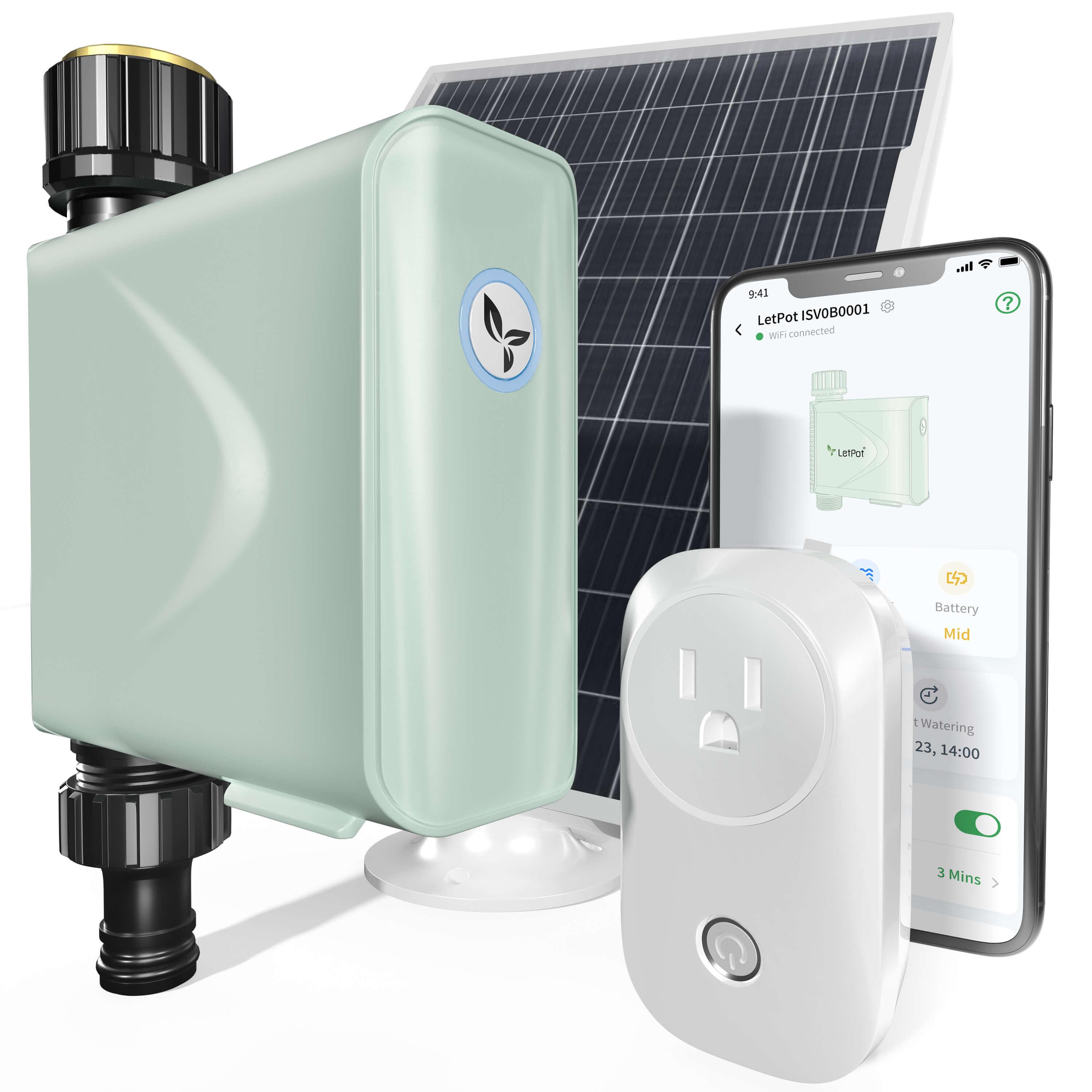


Leave a comment
All comments are moderated before being published.
This site is protected by hCaptcha and the hCaptcha Privacy Policy and Terms of Service apply.